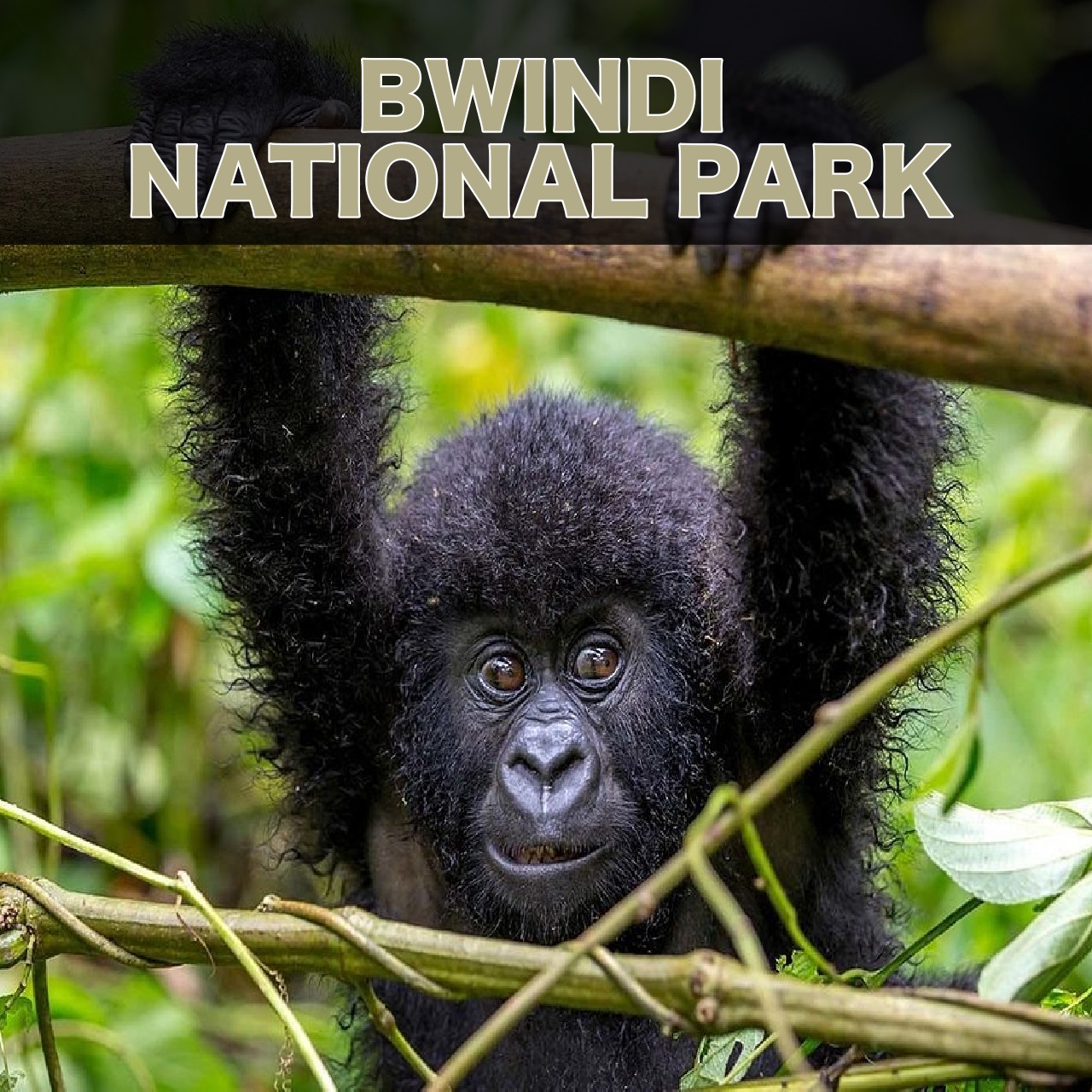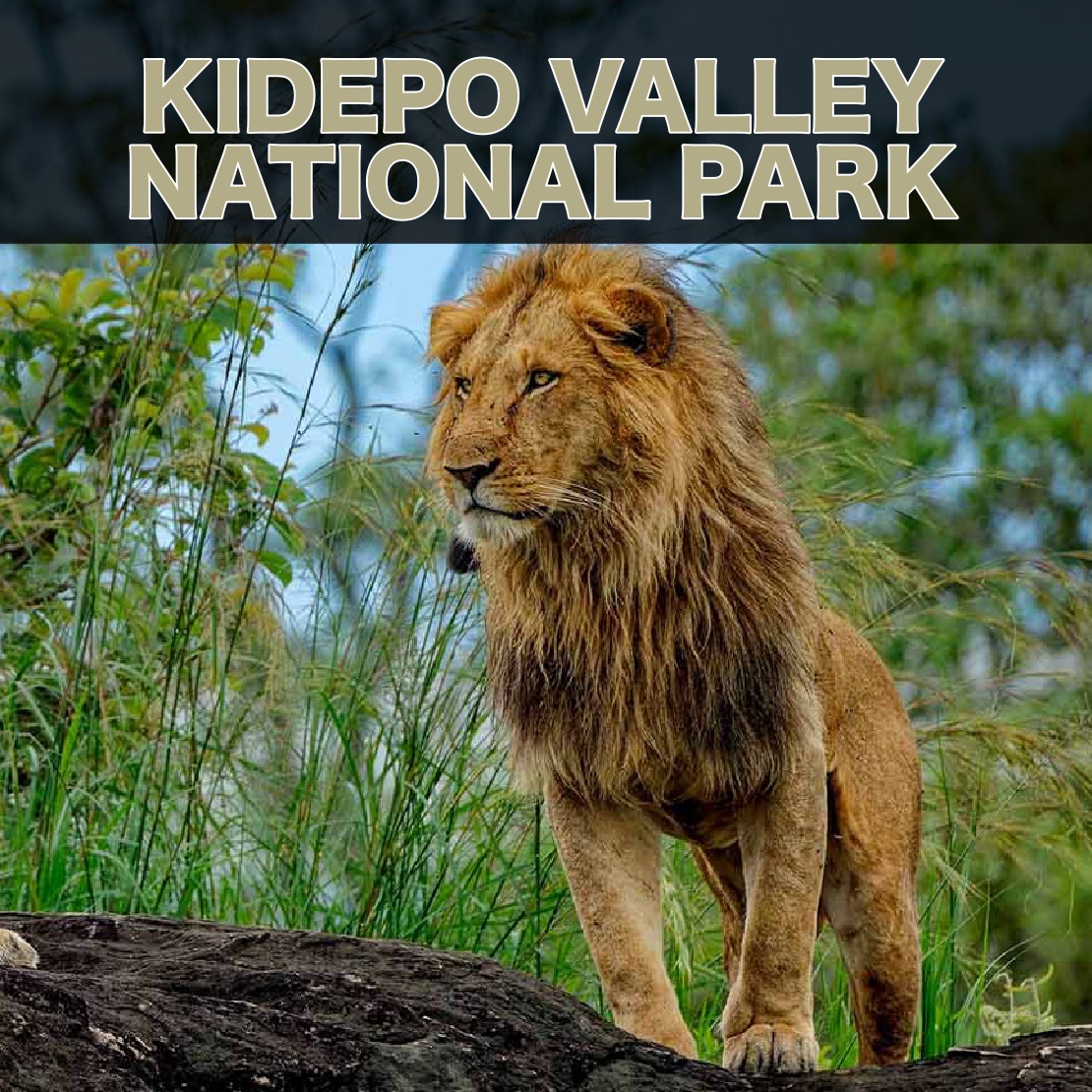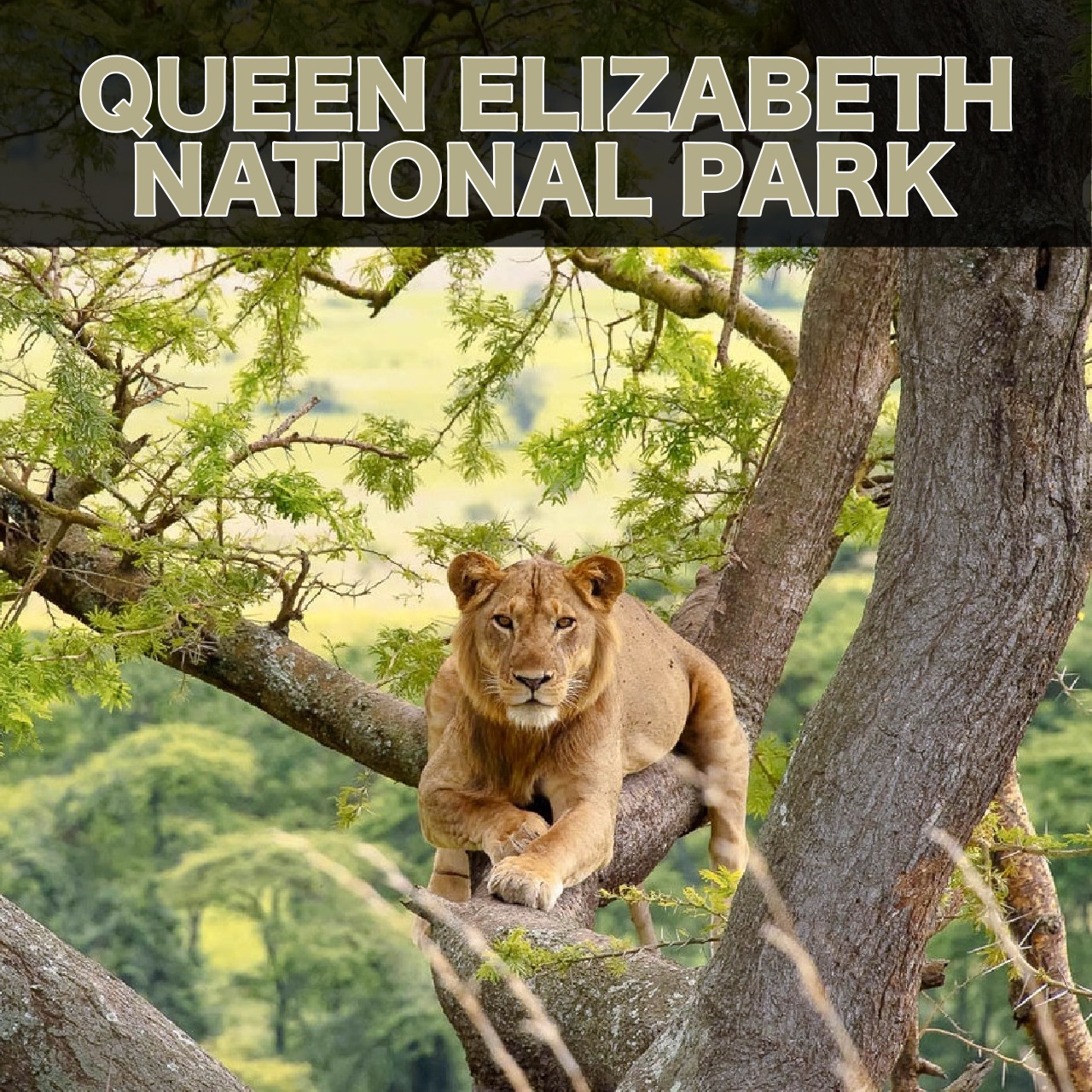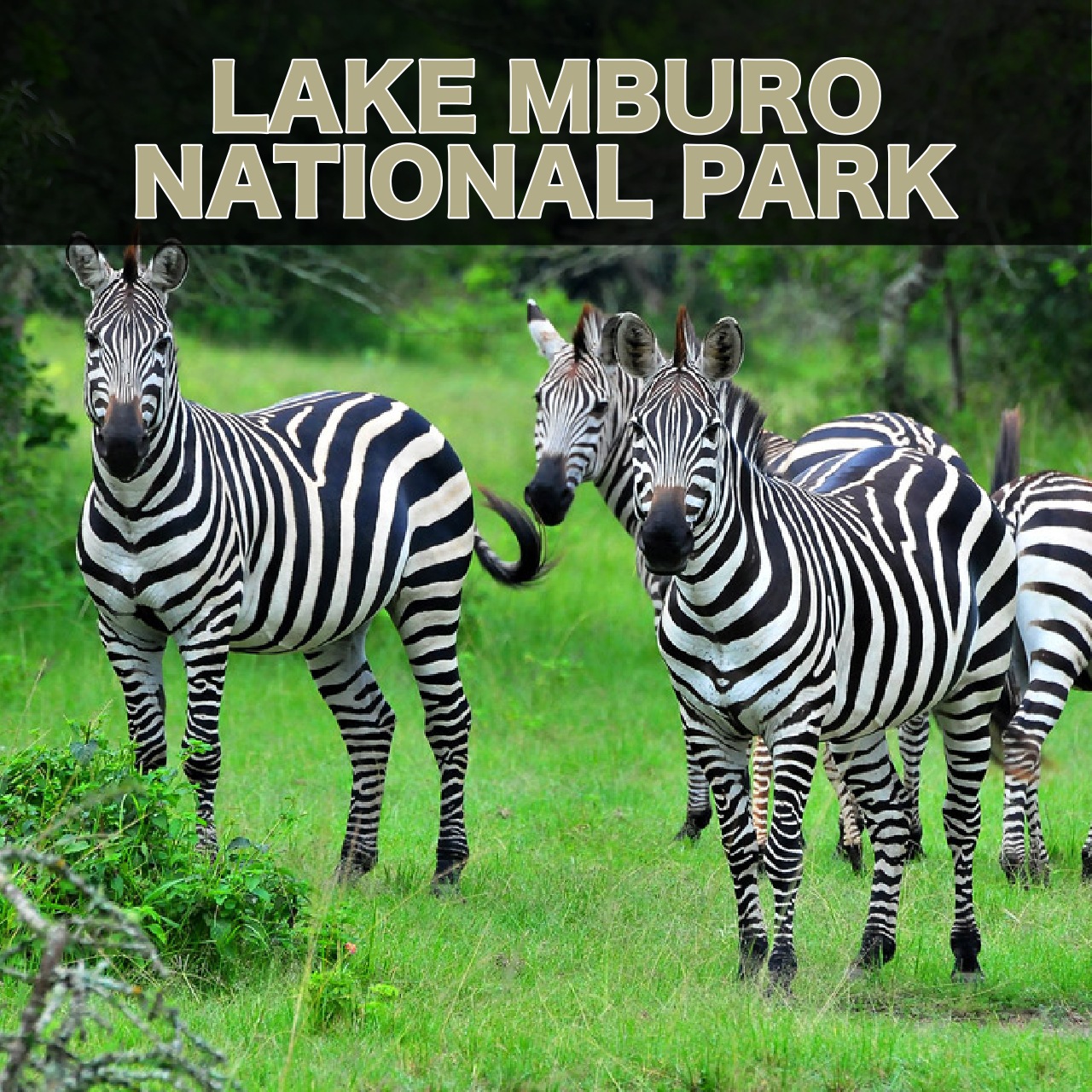SEMULIKI NATIONAL PARK
SEMULIKI NATIONAL PARK
Semuliki National Park features among Uganda’s oldest African safari protected areas, first gazetted as a reserve in 1926. This is a true birder’s haven and remarkably, one of the biodiverse destinations. Semuliki is one of the least visited parks, and offers the most authentic African experiences from birding to guided game viewing.
Semuliki National Park was officially gazetted as a Uganda National Park in 1993 after upgrading as a forest reserve. This park was designated as a reserve in 1932 and protects a section of the Ituri Forest. This makes home to the only lowland forest and some areas consist of the lush bamboo forest and wetlands where its abundant faunal and avifaunal species survive from.
 Location & Size
Location & Size
Semuliki National Park is located in Bundibugyo District, Western Uganda. The park’s boundaries stretch up the borders of the D.R. Congo and Bundibugyo District is just in the Northeastern side. The park is also bordered by the scenic shores of Lake Albert and Ntoroko in the Southern side, as well as the Rwenzori Mountains National Park in the western part of the country.
Unique Attractions in Semuliki National Park
Semuliki National Park holds distinct attractions including the hot springs, abundant wildlife and bird species, etc.
The Sempaya Hot Springs
The Sempaya Hot Springs are Semuliki National Park’s iconic attraction and comprise of female and male. These are recognized among the world’s most powerful hot springs, and the most unusual about these hot springs is that they can boil an egg or plantain and within minutes, it can be ready for eating. The Sempaya Hot Springs have record boiling rate of up to 100 degrees celsius.
Wildlife of Semuliki
More than 53 species of mammals live in this park. These include dwarf antelopes, elephants, blue monkeys, vervet monkeys, fire-footed rope squirrels, blue duikers, red-colobus monkeys, little collared fruit bat, chimpanzees, forest bee-croft’s flying squirrels, and others. The park also contains 300 butterfly species and 441 species of birds.
Bird species
A total of 441 species of birds including 67 percent forest bird species all exist in Semuliki National Park. The birds that make Semuliki a treasured birding destination include swamp palm bulbul, black wattled hornbill, white starred robin, spotted greenbul, Sassi’s olive greenbul, purple breasted sunbird, orange weaver bird, Ituri batis, shoebill storks, yellow throated cuckoos, swamp palm bulbul, African piculet, crested malimbe, long-tailed hawks and many more.
River Semuliki
River Semliki is an exceptional attraction and also main river, extending up to 140m. It marks the border point of Uganda and The DR Congo.
Safari Activities
Visit and explore the Sempaya Hot Springs
When you think of spending a holiday in Semuliki National Park, a walk to the Sempaya hot springs should be a must-do. These powerful hot springs consist of Nyasimbi –female hot spring, and Bintete male hot springs. You can have the best of the hot springs views even at a distance and you witness them emit some bubbles and steam. You require about 1 hour to get from one hot springs to the other.
Chimpanzee trekking
Semuliki chimpanzee treks aren’t as popular as those in Kibale or Budongo. The chimpanzees in Semuliki NP have not yet fully familiarized themselves with humans but the entire adventure guarantees remarkable experience. It is 2-4 hours’ trek through the jungles in search for the chimpanzees and you will be allocated a park guide.
Birding
Bird watching excursion is all about exploring different species of birds in the park. These include swamp palm bulbul, black wattled hornbill, white starred robin, spotted greenbul, Sassi’s olive greenbul, purple breasted sunbird, orange weaver bird, Ituri batis, shoebill storks, yellow throated cuckoos, swamp palm bulbul, African piculet, Gabon woodpeckers, grey ground thrush, Chocolate backed;
Maxwell’s black weaver, buff spotted fluff tails, Eastern bearded greenbuls, Ayres hawk-eagles, lyre-tailed honey guides, simple greenbuls, lemon bellied crombec, green tailed bristle.
Game viewing
Semuliki NP provides memorable day and night game drives. In a classic 4WD vehicle, there is a great chance to look out for diversity of wildlife, especially varying mammal species such as elephants, buffaloes, and warthogs.
Cultural experience
A cultural experience in the local community adjacent to Semuliki NP allows you have a full interaction with the locals. It includes exploring in depth about the traditions, cultures, norms and practices. The park is surrounded by the Batwa and Bakonzo local communities.
Nature walks
Nature walking in Semuliki takes you on a walk through the designated trails, each offering memorable wilderness experiences. The most important of all is a search for wildlife in the habitats which normal game driving doesn’t get you. The available nature walking trails of this park include the 11km Red monkey trail and takes you up to Semuliki River, Kirumia trail – one of the ideal locations that is perfect for birding and stretches up to 13km.
 Best time to travel to the park
Best time to travel to the park
The most ideal time to travel to explore Semuliki NP is during the dry season. This is recorded twice a year, running from June to September and December to February.
Accommodation facilities
- Semuliki Safari Lodge
- Ntoroko Game Lodge
- Hotels in Fort Portal –Mountains of the Moon Hotel
- Nyati Game Lodge
Getting there
Road and air travel are the 2 options in which visitors can reach Semuliki NP. You can drive for a shortest drive from Fort Portal tourism city, about 52km and from Kampala or Entebbe, take between 6 and 7 km. Or fly at Entebbe airport to Semuliki airfield and connect to your pre-booked lodge.

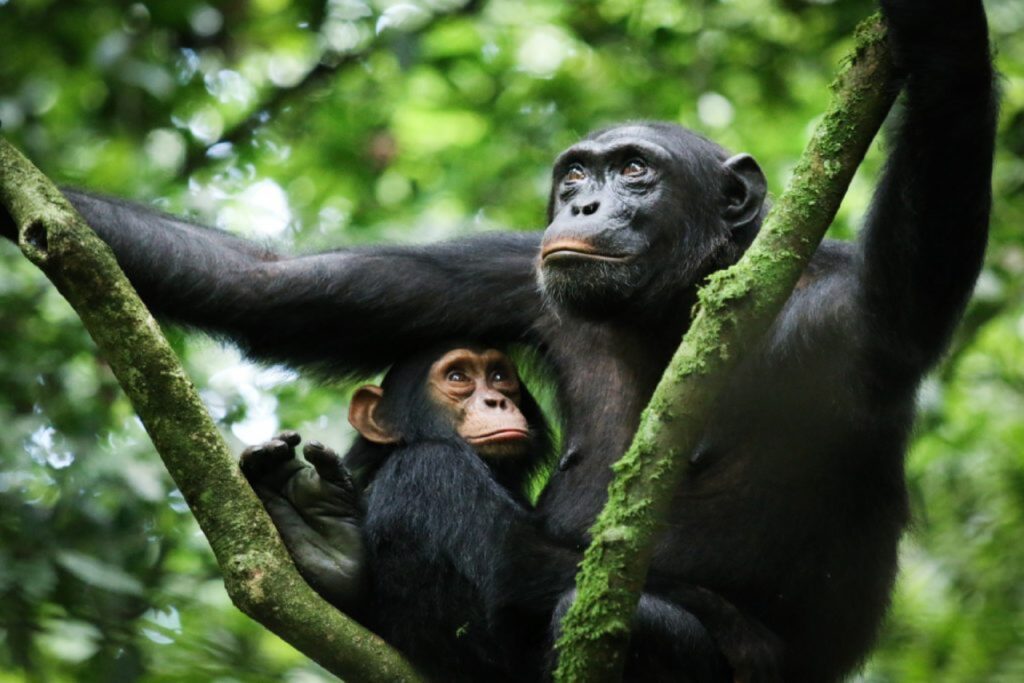 Best time to travel to the park
Best time to travel to the park